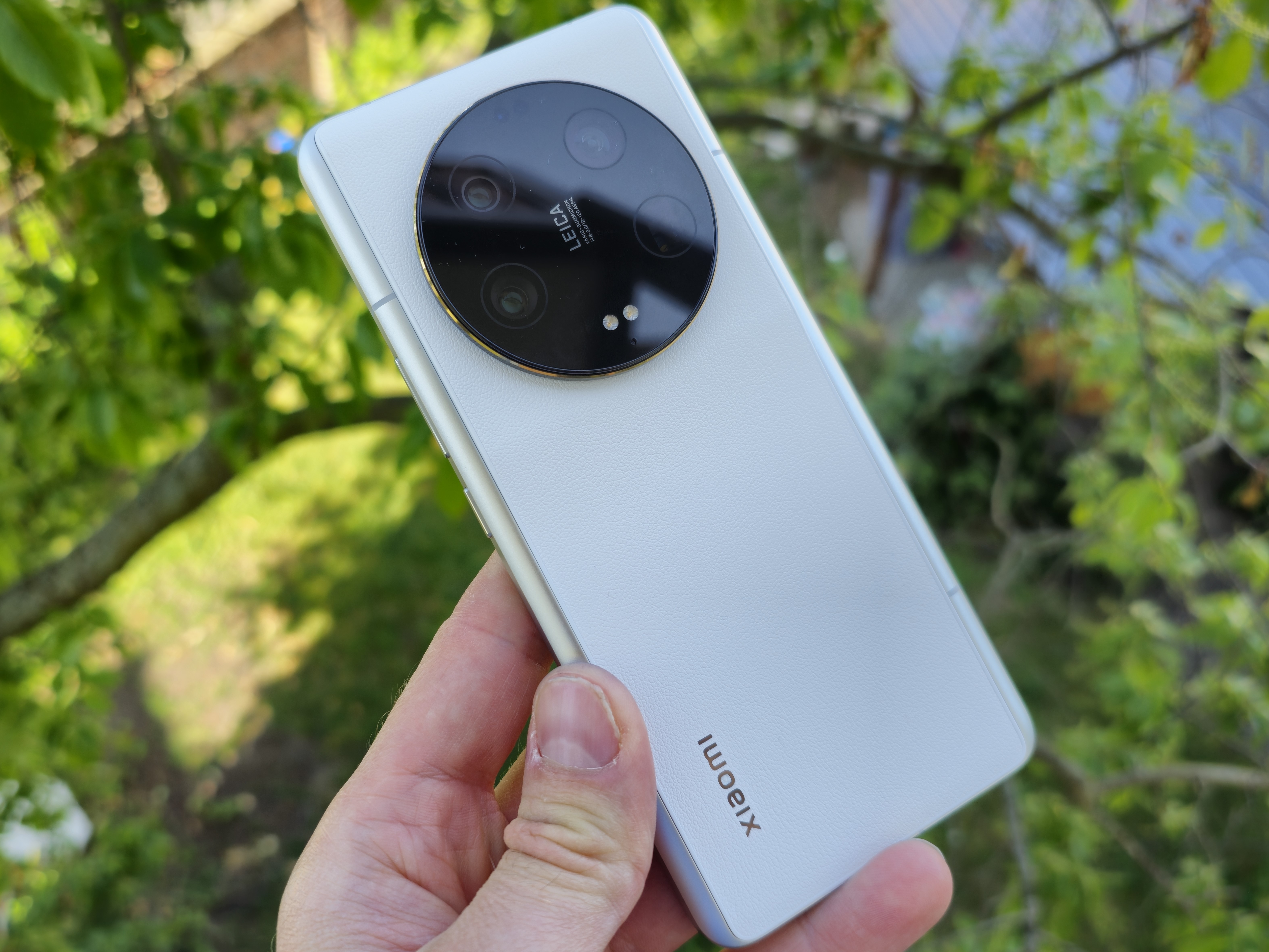
The other three 50-MP cameras offer a Sony IMX858 sensor with a focal length between 12 and 120 mm, also using the 4-to-1 pixel binning process. The sensors that were manufactured in the 1/2.51-inch format are well adjusted to the IMX989 in terms of the color reproduction, so they produce a fairly unified color image.
Although compared to the IMX989, the ultra-wide angle lens shows a visible drop in terms of quality, the pictures taken with a 122-degree viewing angle are still attractive. In terms of sharpness and image details, the Xiaomi flagship performs at class level. Interestingly, the lens is also used for macro photography, and Xiaomi doesn’t use the in-house Liquid Lens design of the telephoto lens here like in the 13 Pro.
The two telephoto cameras with the lossless 3.2x and 5x zoom represent a strength of the Xiaomi 13 Ultra. Due to the high resolution, the photos bring a beautiful depth sharpness and are able to capture many details in the objects. You can get some very attractive results from the camera setup up to a 10x zoom level. Digital zoom is even possible up to 120x, and with the attractive image stabilization, this can also be used without a tripod.
Videos can be recorded with all four cameras in 8K resolution, and an Ultra-HD option offers a maximum of 60 frames per second. You can switch between the various lenses without any significant stutters. We really like the stabilization of the main camera with moving images, but due to its lack of OIS, the ultra-wide angle lens is unable to quite keep up in terms of its quality.
Source link
 notebook.co.id informasi dan review notebook laptop tablet dan pc
notebook.co.id informasi dan review notebook laptop tablet dan pc